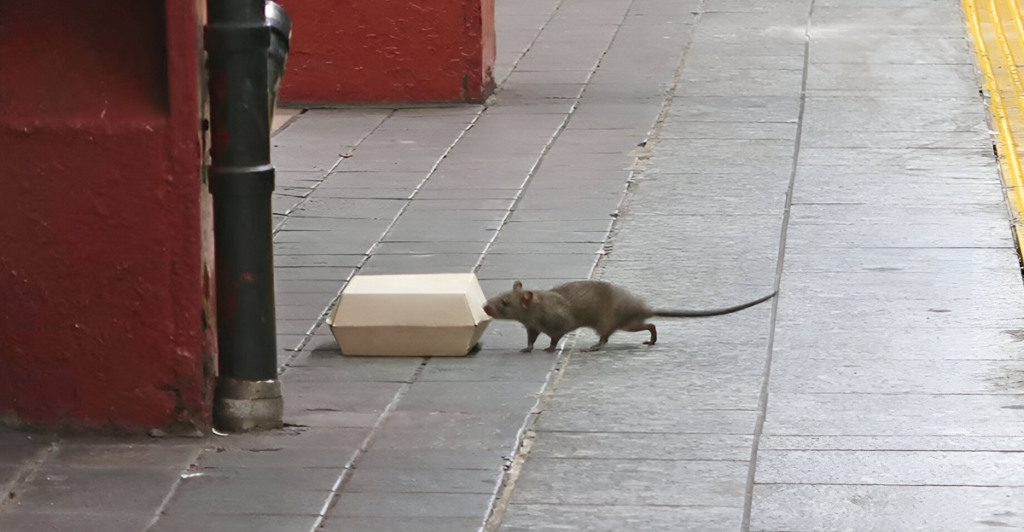
America’s rat problem is more than just a nuisance; it is a major public health crisis that reflects deeper issues like urbanization, climate change, and economic inequality. While cities like New York and Chicago are commonly associated with rodent infestations, other cities are now emerging as hotspots.
In this article, we will take a look at nine of the most rat-infested cities in America andexamine how factors like infrastructure design, waste management practices, and even housing crises contribute to rat populations. By examining these cities, we can see how human activities shape ecosystems.
1. Chicago

Chicago has held the title of America’s “Rattiest City” for ten consecutive years, according to Orkin. This city has dense urban layout, including alleys and underground tunnels, which provide the perfect habitats for rodents. Despite aggressive extermination campaigns and alley-baiting programs, Chicago’s rat population continues to thrive due to abundant food sources from improperly managed trash.
Chicago’s aging infrastructure is only making the problem worse, creating hidden spaces for rats to breed. This city spends millions each year on pest control, but it struggles to make any significant progress with this issue. Chicago is the perfect example of how urban design and waste management failures can perpetuate infestations despite concerted efforts.
2. Los Angeles
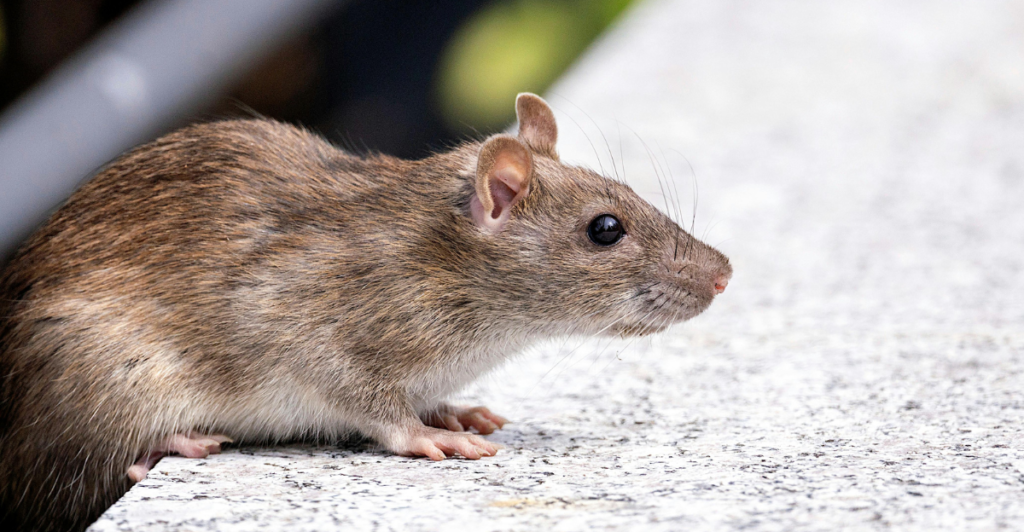
Surprisingly, Los Angeles ranks second on Orkin’s list of most rat-infested cities. This is because of Los Angeles’ sprawling urban environment and mild climate that allows year-round breeding. This city has many homeless encampments and improperly managed food waste, which provides ample sustenance for rodents. Construction projects often displace rats from their habitats and push them into residential neighborhoods and commercial areas.
In 2019, LA faced a typhus outbreak linked to rat infestations, which showed the public health risks of out-of-control rodent populations. Despite improved waste management systems and increased pest control funding, LA is still struggling with its rodent problem.
3. New York City
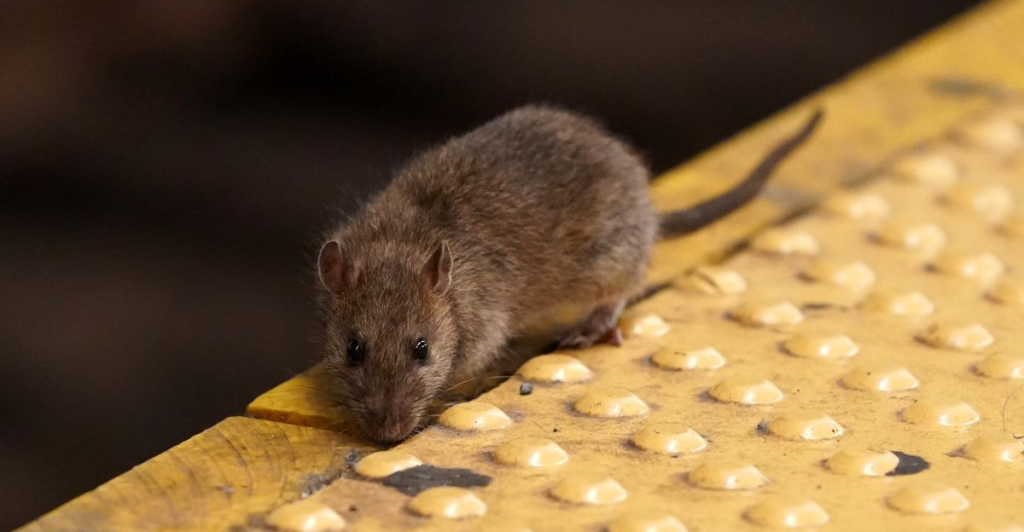
New York City has a huge rat problem, with an estimated two million rodents scurrying through its streets, subways, and parks. Viral moments, like “Pizza Rat,” have turned NYC’s rodent problem into a cultural phenomenon, but the reality is far less amusing. This city’s dense population generates massive amounts of trash every day, which provides rats with plenty of food.
The aging infrastructure in New York City also gives rats countless hiding spots. Although recent initiatives like rat-resistant garbage bins and increased funding for pest control have shown some improvements, they haven’t significantly reduced infestations. New York’s rat problem shows the difficulties of managing pests in one of the world’s most densely populated urban centers while maintaining public health and sanitation standards.
4. Washington, D.C.
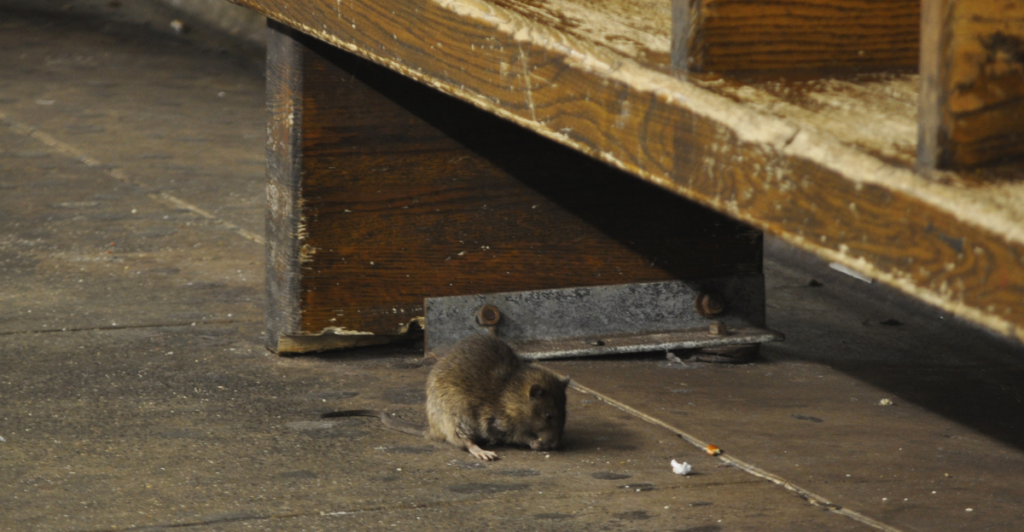
Over the last decade, Washington, D.C., has seen a sharp rise in rat infestations, with complaints tripling since 2015. Thanks to urban development projects, rodents have been displaced from their traditional habitats into residential neighborhoods like Georgetown and Columbia Heights. Milder winters because of climate change have also allowed rats to breed year-round, which has only worsened the issue.
In 2022 alone, D.C.’s Department of Health received over 11,000 rodent complaints, which is a record high for the nation’s capital. Efforts like increased trash pickups and community education campaigns have had limited success in decreasing infestations. Washington’s struggle shows how climate change and rapid urbanization can fuel rodent problems in even the most carefully planned cities.
5. San Francisco
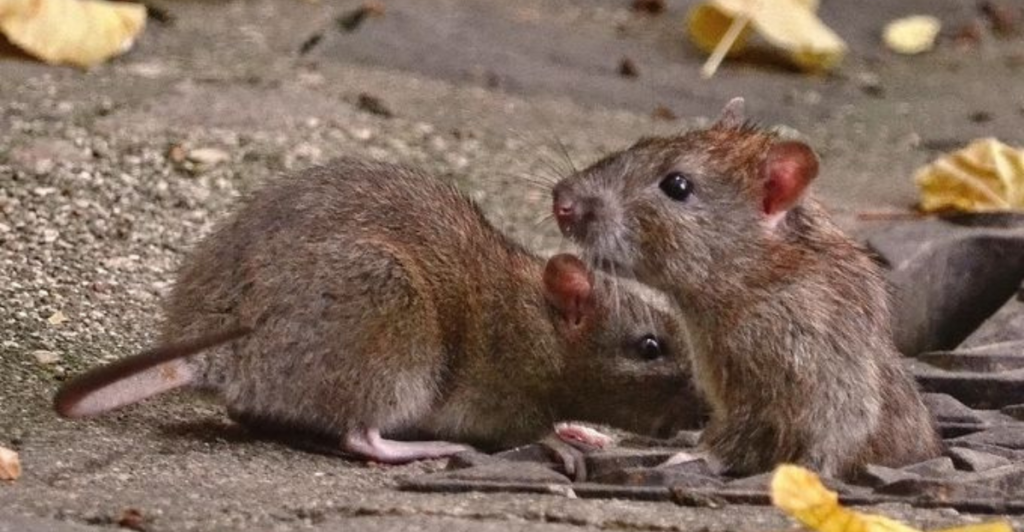
San Francisco ranks fifth as one of America’s rattiest cities because of its dense population, housing crisis, and abundant food waste from restaurants and tech campuses. Construction projects will often disturb underground rat colonies and push them into residential neighborhoods where they find new shelter opportunities in old Victorian homes or poorly maintained properties.
A recent inspection found huge infestations in certain districts, which led to temporary closures of businesses like cafes and grocery stores. San Francisco also faces unique challenges due to its geography; steep hills make efficient trash collection difficult in some areas. The city shows how economic inequality, like homelessness and lack of housing, can lead to pest problems that affect all residents equally over time.
6. Denver
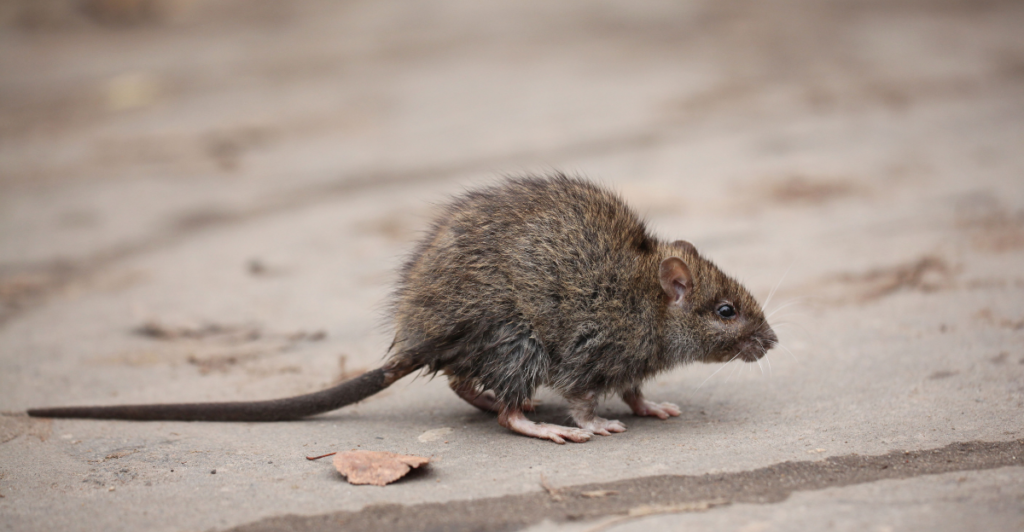
Denver’s inclusion on the list of most rat-infested cities is surprising, as it has not historically been associated with severe rodent problems. However, Denver’s rapid urban expansion has created new challenges for the city. Construction projects near open spaces are displacing rats from their natural habitats and pushing them into suburban neighborhoods where they find ample food sources and shelter opportunities.
Lincoln Memorial Park was closed for weeks because of severe infestations, which shows the growing severity of the issue. Denver also has milder winters, which allows for year-round breeding cycles for rodents, exacerbating the problem. The city’s situation shows how rapid urban growth and environmental shifts can lead to unexpected pest problems, making it important to plan ahead and use creative pest control methods.
7. Philadelphia
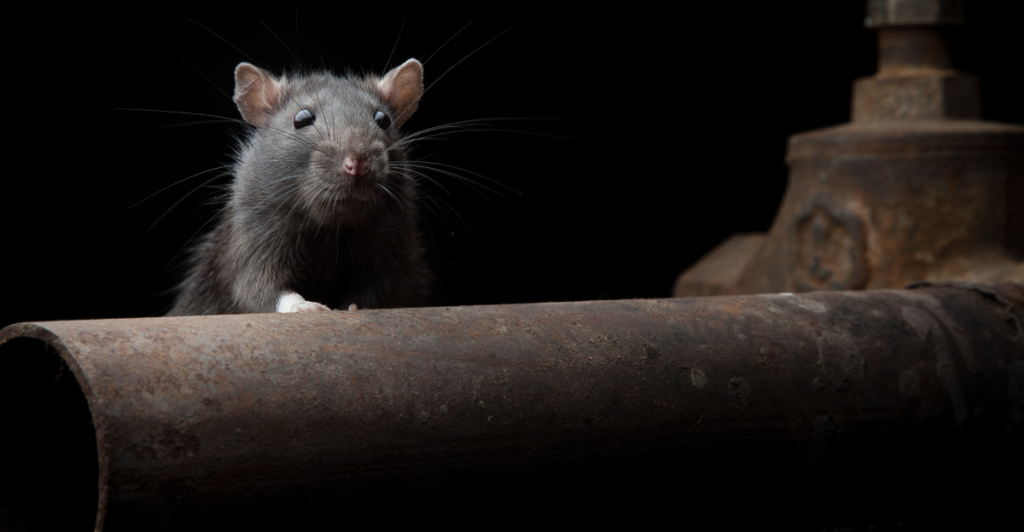
In recent years, Philadelphia has seen an increase in rat infestations, with residents in neighborhoods like Kensington and South Philly reporting dozens of sightings nightly. The city’s aging infrastructure, including crumbling sewer systems and abandoned properties, provides ideal conditions for rodents to thrive.
Improper waste management has also worsened the problem, as overflowing trash bins and litter provide plenty of food sources for rats. Pest control programs have been implemented, but they have yet to produce significant results in curbing infestations. Philadelphia shows how ignoring basic sanitation and infrastructure can lead to serious rat problems that affect daily life and health. It’s a warning of how long-term neglect can make pest issues worse in cities.
8. Detroit
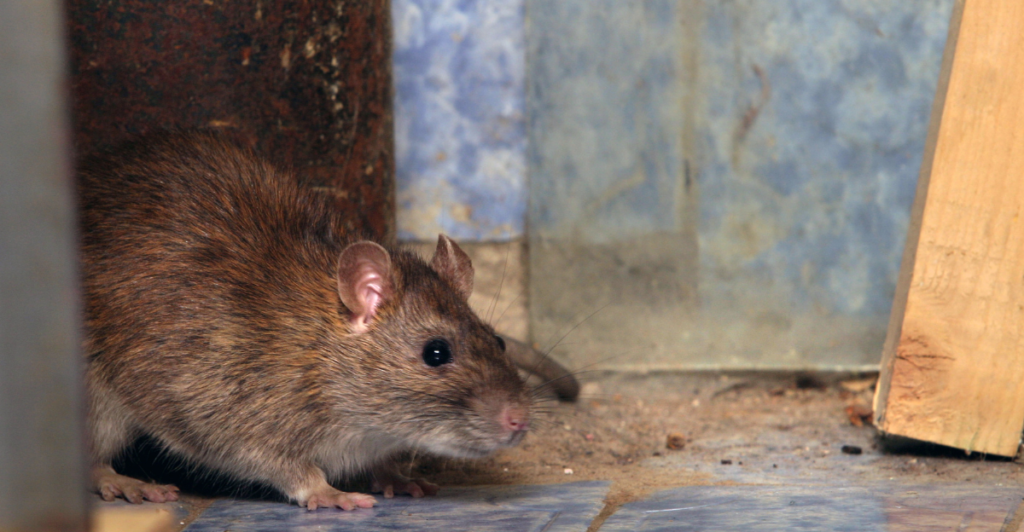
Detroit’s rat problem is closely tied to its economic struggles, making it a unique entry on the list of most rat-infested cities. The city’s declining population has left many properties abandoned and unmaintained, creating the perfect breeding grounds for rodents. These vacant buildings supply shelter and safety for rats, while nearby trash piles provide food.
Efforts to restore neighborhoods often displace rodents into neighboring areas instead of eliminating them, spreading infestations across the city. Detroit’s situation demonstrates how economic instability and urban decay can worsen pest problems, turning neglected spaces into the perfect environments for rodents.
9. Baltimore
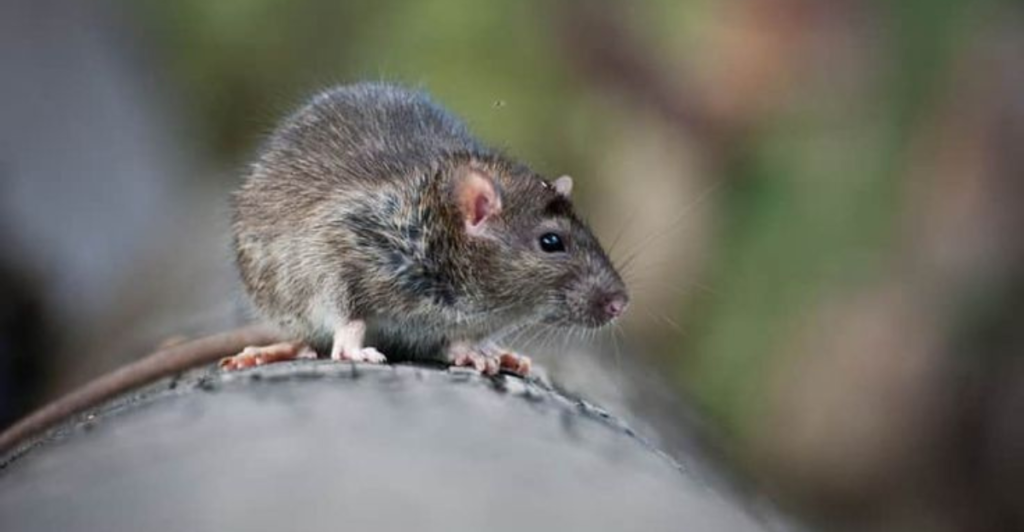
Baltimore ranks as one of America’s most rat-infested cities, with rodent complaints reaching record highs. In 2021, city exterminators handled over 153,000 rodent control requests, which was a significant increase compared to previous years. Baltimore’s aging infrastructure and densely packed row houses provide ideal conditions for rats to thrive. Trash collection delays and illegal dumping worsen the problem, creating abundant food sources for rats.
Neighborhoods like Fells Point and Federal Hill are especially affected, with residents reporting nightly sightings. Efforts to combat infestations include expanded pest control programs and community education initiatives, but progress remains slow. Baltimore shows how urban density, infrastructure challenges, and sanitation issues can fuel persistent rodent problems that disrupt daily life and threaten public health.
Explore more of our trending stories and hit Follow to keep them coming to your feed!

Don’t miss out on more stories like this! Hit the Follow button at the top of this article to stay updated with the latest news. Share your thoughts in the comments—we’d love to hear from you!







